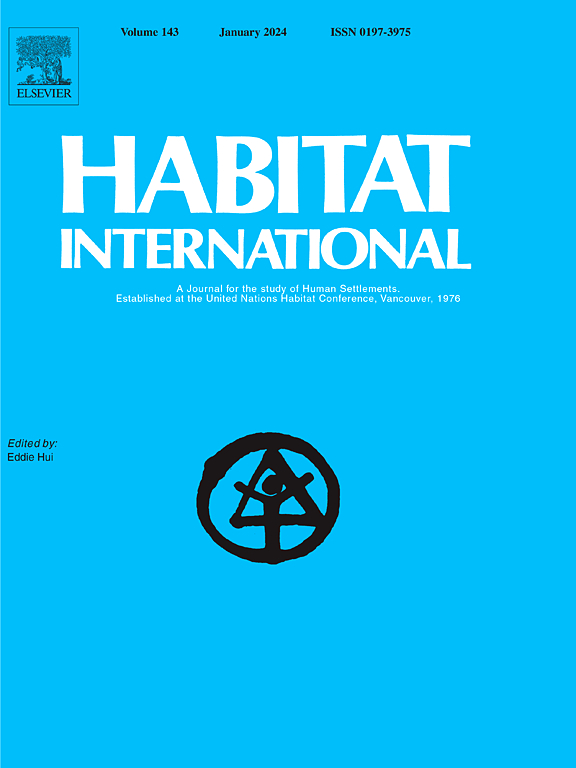Distribution patterns and driving mechanisms of land use spatial conflicts: Empirical analysis from counties in China
IF 7
1区 经济学
Q1 DEVELOPMENT STUDIES
引用次数: 0
Abstract
Conflict between environmental protection and human development is inevitable given China's explosive socio-economic growth. Diagnosing land use conflicts (LUCs) and exploring their driving forces are prerequisites for alleviating land disputes. Based on the land use remote sensing monitoring data in 2020, this study established a conceptual framework and mathematical model of potential LUCs according to the suitability criteria by using multi-factor superposition method, analyzed the types, intensities and spatial pattern characteristics of LUCs in Chinese Mainland. Furthermore, the driving factors of spatial conflicts were investigated using spatial econometric and geographically weighted regression models. The results showed that the spatial distribution of the three types of land suitability in China was seriously mismatched. At the grid scale, about 70.07% of the regions in Chinese Mainland were in a state of potential LUCs. Bounded by the Hu Huanyong Line, the conflict type in the west was mainly agricultural-ecological land, while in the east conflict was mainly agricultural-construction land. At the county scale, 1176 counties were in a state of potential high-intensity conflict, and the conflict index showed a polarized distribution of “high in the East and low in the West” in space. The spatial agglomeration pattern of LUCs was the aftereffect of the combined action of natural and social factors. It should be pointed out that regional dominant factors played different or even opposite roles in different spaces. The logical framework and results of this study can provide a scientific basis for the comprehensive layout of different types of land in the preparation of national spatial planning.

土地利用空间冲突分布格局与驱动机制:基于县域的实证分析
鉴于中国社会经济的爆炸性增长,环境保护与人类发展之间的冲突是不可避免的。诊断土地利用冲突并探索其驱动因素是缓解土地纠纷的前提条件。以2020年土地利用遥感监测数据为基础,采用多因子叠加法,根据适宜性标准建立了潜在土地利用变化的概念框架和数学模型,分析了中国大陆潜在土地利用变化的类型、强度和空间格局特征。利用空间计量模型和地理加权回归模型分析了空间冲突的驱动因素。结果表明:3种土地适宜性的空间分布严重失配。在网格尺度上,中国大陆约有70.07%的区域处于潜在土地利用价值状态。以胡焕庸线为界,西部冲突类型以农业生态用地为主,东部冲突类型以农业建设用地为主。在县域尺度上,1176个县域处于潜在高强度冲突状态,冲突指数在空间上呈现“东高西低”的两极化分布。土地利用利用空间集聚格局是自然因素和社会因素共同作用的结果。需要指出的是,区域主导因素在不同空间中发挥着不同甚至相反的作用。研究的逻辑框架和结果可为国家空间规划编制中不同类型土地的综合布局提供科学依据。
本文章由计算机程序翻译,如有差异,请以英文原文为准。
求助全文
约1分钟内获得全文
求助全文
来源期刊

Habitat International
Multiple-
CiteScore
10.50
自引率
10.30%
发文量
151
审稿时长
38 days
期刊介绍:
Habitat International is dedicated to the study of urban and rural human settlements: their planning, design, production and management. Its main focus is on urbanisation in its broadest sense in the developing world. However, increasingly the interrelationships and linkages between cities and towns in the developing and developed worlds are becoming apparent and solutions to the problems that result are urgently required. The economic, social, technological and political systems of the world are intertwined and changes in one region almost always affect other regions.
 求助内容:
求助内容: 应助结果提醒方式:
应助结果提醒方式:


